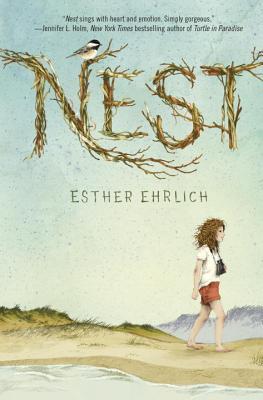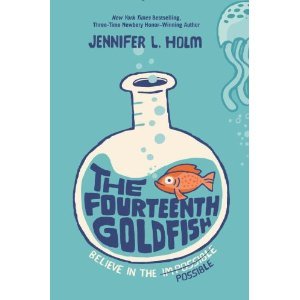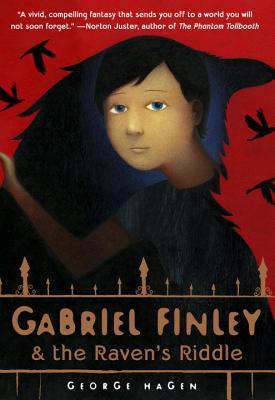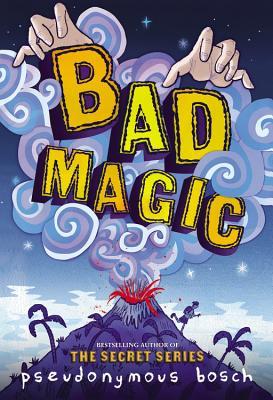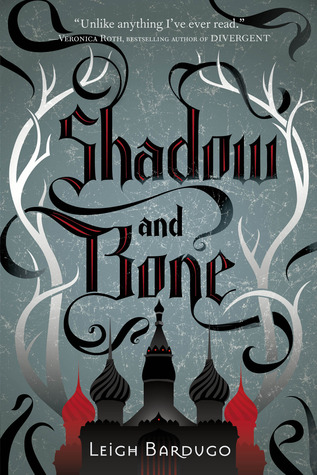 From Goodreads: "In the epic sequel to the New York Times bestselling novel, The School for Good and Evil, Sophie and Agatha are home, living out their Ever After. But life isn't quite the fairy tale they expected.
From Goodreads: "In the epic sequel to the New York Times bestselling novel, The School for Good and Evil, Sophie and Agatha are home, living out their Ever After. But life isn't quite the fairy tale they expected. When Agatha secretly wishes she’d chosen a different happy ending, she reopens the gates to the School for Good and Evil. But the world she and Sophie once knew has changed. Witches and princesses, warlocks and princes are no longer enemies. New bonds are forming, old bonds are shattered. But underneath this uneasy arrangement, a war is brewing and a dangerous enemy rises. As Agatha and Sophie battle to restore peace, an unexpected threat could destroy everything, and everyone, they love-and this time, it comes from within. "
I remember reading the first in the series, The School for Good and Evil and really liking the messages that it introduced about what makes someone good versus evil. I enjoyed how things were not just whether one girl was the princess and the other was a witch, but it delved into how beauty is not just how we look on the outside, but also in the life we live and actions that we take. My review of The School For Good and Evil is here.
So after Sophie and Agatha solved the School Master's riddle and returned back home, I was curious what possible changes Chainani could be exploring for our two heroines and their friendship. Plus, I love a good fantasy/fairy tale that has a humorous side.
In A World Without Princes, Sophie seemed to still be struggling with wanting everyone to see that she had changed, wanting to be seen as good. Sophie seemed to be trying very hard to pretend, put on a brave face and act happy, which kind of makes her ending sad to me. It seemed like she was less selfish and really guided by her desire to hold onto her best friend. Agatha was also going through lots of changes during the story, she was now immersed in wanting to set things right with her prince and struggling with being honest to Sophie about having made her wish in the first place. Agatha seemed to be the one hiding things from Sophie and they appeared to have switched places in terms of the importance that they each placed on their friendship. Sophie placed faith in the idea that it is Agatha who keeps her being good and Agatha was split between her best friend and her prince. The different sides each character portrayed from the first to second book was intriguing and yet frustrating too. I was really sad to see them have this kind of switching of places. I really liked Agatha at the end of the first book, she choose her friend Sophie, and now here is she was overlooking those things that were most important to her before. I began to really emphasize with Sophie more this book and the ending just left me with more questions about where their friendship is going next.
There was an intriguing mystery about the new Dean of the school, who seems somewhat sinister with her manipulation of the girls and setting them at odds with one another. I also liked that Tedros had more of an emphasis in the plot with revelations of his past and his conflicting feelings about Agatha. Overall, I felt that A World Without Princes was darker then the first in the series, and left me curious about where Chianani will take the story next. I'm really hoping for a satisfying conclusion, one where both Sophie and Agatha get their happy endings.
Favorite line "We're following a butterfly?"
My review copy was from the public library.


